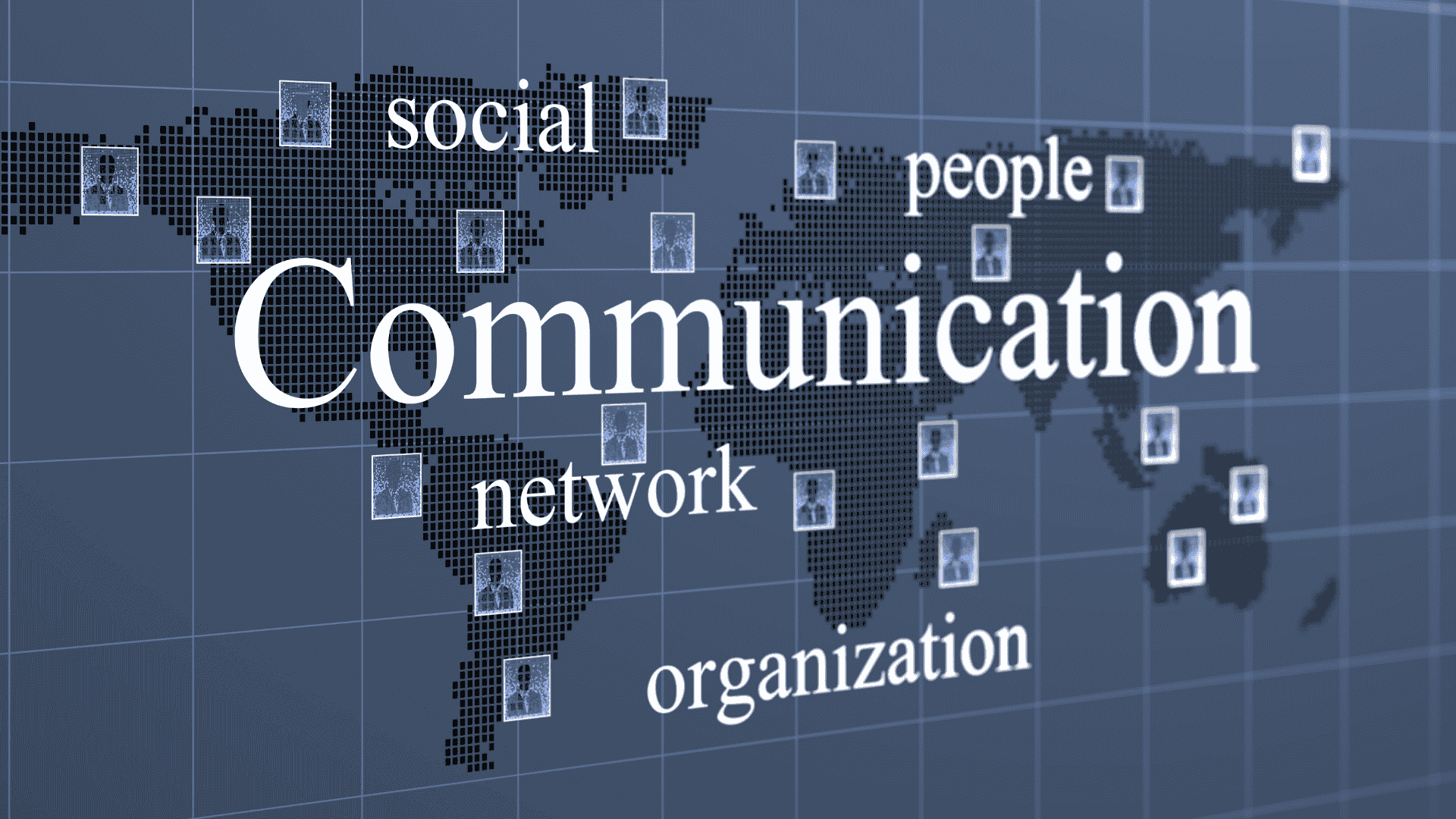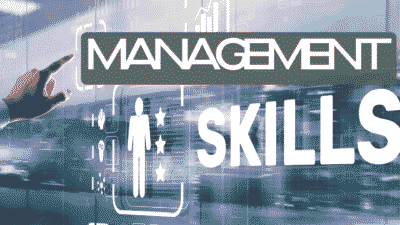improve conversation skills
A single misread email costs a company an average of $4,000 in lost productivity. Now, multiply that by the dozens of messages exchanged daily. The resulting figure is not just a number on a spreadsheet; it represents a hidden drain on resources, a source of frustration, and a barrier to collective success. This isn’t just about sending emails; it’s about the fundamental way teams connect, collaborate, and create value. Fortunately, transforming this potential loss into a powerful asset is achievable through deliberate practice and a commitment to clarity.
1. Why Is It So Critical to improve conversation skills in workspace?
Before diving into the “how,” it’s essential to understand the “why.” Effective communication is the lifeblood of any successful organization. It’s the invisible architecture that supports every project, every decision, and every professional relationship. When it flows freely, teams are aligned, projects move forward efficiently, and the work environment becomes a place of mutual respect and productivity. Conversely, when it breaks down, the consequences can be severe, impacting everything from morale to the bottom line. It is not merely a “soft skill” but a foundational pillar of operational excellence.
1.1. The Alarming Cost of Misunderstanding
Studies consistently show the tangible costs of poor communication. A 2018 report revealed that companies with around 100 employees lose an average of $420,000 per year due to inadequate communication. This loss isn’t just financial. It manifests as:
- Wasted Time: Employees spend hours seeking clarification, correcting errors, or redoing work that was poorly explained in the first place.
- Project Delays: Misaligned expectations and unclear instructions inevitably lead to missed deadlines and derailed projects.
- Low Morale: A constant state of confusion and misunderstanding creates a stressful and frustrating environment, which can lead to higher employee turnover.
Consider Amir, a project manager who sent an email asking his team to “finalize the report soon.” One team member, Fatima, interpreted “soon” as by the end of the week. Another, Yusuf, thought it meant by the end of the day. This simple ambiguity caused Yusuf to rush his work, introducing errors, while Fatima deprioritized the task, leading to a missed deadline. This small scenario illustrates how a lack of clarity directly translates into tangible, negative outcomes.
1.2. Building a Foundation of Trust and Professional Respect
To improve workplace communication is to invest in trust. When individuals communicate openly, honestly, and respectfully, they build strong professional bonds. Trust is the currency of collaboration. It allows team members to rely on one another, share ideas without fear of unfair criticism, and work together toward a common goal. This environment fosters psychological safety, where people feel comfortable speaking up, admitting mistakes, and asking for help—all of which are crucial for innovation and continuous improvement. Without this foundation, teams operate in silos, hoarding information and viewing colleagues with suspicion rather than as partners.
2. Foundational Steps to improve conversation skills in workspace
Improving communication doesn’t require complex theories. It begins with mastering a few fundamental, yet powerful, skills. These are the building blocks upon which all successful interactions are built. Think of them not as rules, but as tools you can use in any professional conversation, email, or meeting.
2.1. Mastering the Art of Active Listening
Often, we listen with the intent to reply, not to understand. Active listening flips this on its head. It is the conscious effort to hear not only the words another person is saying but, more importantly, the complete message being communicated.
How can you practice active listening?
- Focus Completely: When someone is speaking, give them your undivided attention. Put away your phone, close unnecessary tabs on your computer, and make eye contact to show you are engaged.
- Paraphrase to Confirm: After the person has spoken, summarize their points in your own words. You can start with phrases like, “So, if I’m understanding correctly, you’re saying that…” This confirms your understanding and gives the speaker a chance to clarify any misconceptions.
- Ask Open-Ended Questions: Instead of questions that can be answered with a simple “yes” or “no,” ask questions that encourage elaboration. For example, instead of “Did you finish the task?” ask, “Can you walk me through your progress on the task?”
2.2. The Power of Clear and Concise Messaging
Clarity is a form of respect for the other person’s time. Ambiguous or overly long messages create unnecessary work for the recipient, who must spend time deciphering your meaning.
Here’s how to make your messages crystal clear:
- Know Your Point: Before you write an email or start a conversation, ask yourself: “What is the single most important thing I want this person to know or do?” Start with that main point.
- Use Simple Language: Avoid jargon, acronyms, and overly complex sentence structures. Your goal is to communicate, not to impress. Write as if your recipient is intelligent but busy.
- Structure Your Communication: For written messages, use headings, bullet points, and bold text to break up information and make it easy to scan. For verbal communication, outline your key points beforehand.
2.3. Acknowledging Non-Verbal Cues
Communication is more than just words. Your posture, facial expressions, and tone of voice often convey more than your verbal message. Being mindful of these cues—in yourself and others—is a key part of effective communication. While direct interaction between men and women should be limited to necessity and conducted with modesty, understanding these general principles is useful in all professional contexts. In appropriate, gender-separate settings, or during necessary and formal interactions, pay attention to posture (standing tall conveys confidence) and tone (a calm, steady tone builds trust). Avoid misinterpreting cues and always assume good intent unless proven otherwise. The focus should remain strictly on the professional substance of the interaction.
3. Practical Daily Techniques to improve conversation skills in workspace
Consistency is key. Integrating small, positive communication habits into your daily routine can have a massive cumulative effect. These techniques are not one-time fixes but ongoing practices that strengthen team cohesion and clarity over time.
3.1. How Can You Implement Regular, Structured Check-ins?
Spontaneous conversations are useful, but structured check-ins ensure that important information is shared consistently. They prevent small issues from becoming large problems.
- The Daily Stand-up: Popular in tech but applicable anywhere, this is a brief, 5-15 minute meeting where each team member answers three questions: What did I complete yesterday? What will I work on today? What obstacles are in my way? This keeps everyone aligned and surfaces problems quickly.
- Weekly One-on-Ones: A dedicated time for a manager and a team member to connect. This is not a status update meeting. It’s a chance to discuss career growth, challenges, and feedback in a focused setting, strengthening the professional relationship.
- Project Kick-off Meetings: Before any new project begins, gather all stakeholders to define goals, roles, timelines, and communication protocols. This single meeting can prevent dozens of confused emails later on.
3.2. Choosing the Right Communication Channel
The medium is part of the message. The channel you choose to communicate through can dramatically alter how your message is received. A mismatch between the message and the channel can lead to confusion.
Here is a simple framework:
- Instant Message (e.g., Slack, Microsoft Teams): Best for quick, simple questions that need an immediate answer (e.g., “Is the IT department on the third floor?”).
- Email: Ideal for formal announcements, detailed instructions, or messages that need to be documented and referenced later. It provides a paper trail.
- Phone Call or Video Conference: Use this for complex, sensitive, or nuanced topics that might be misconstrued in writing. It allows for immediate feedback and clarification through tone of voice.
- In-Person Meeting (in appropriate settings): Reserved for important decisions, brainstorming sessions, or resolving conflicts where direct, focused interaction is paramount.
3.3. The Feedback Framework: A Tool for Constructive Growth
Giving and receiving feedback is one of the most powerful ways to improve workplace communication, yet it’s often avoided because people fear causing offense. A structured approach removes the emotion and focuses on a productive outcome.
One effective method is the Situation-Behavior-Impact (SBI) model:
- Situation: Describe the specific context. (“During the team meeting this morning…”)
- Behavior: State the observable action. Avoid interpretations or judgments. (“…I noticed that you presented the data from last quarter instead of this quarter.”)
- Impact: Explain the consequence of the behavior. (“…This caused some confusion and meant we had to spend extra time finding the correct figures.”)
This approach is direct, objective, and focuses on the work itself, not the person, making it a professional and respectful way to address issues and encourage improvement.
4. How to Overcome Common Barriers to Workplace Communication
Even with the best intentions, obstacles can arise. Recognizing these common barriers is the first step toward dismantling them. Proactively addressing them ensures that communication channels remain open and effective, rather than letting misunderstandings fester.
4.1. Navigating Different Communication Styles
People have different natural tendencies when it comes to communication. Some are direct and to the point, while others prefer to build context first. Some focus on data and logic, while others prioritize relationships and feelings. None of these styles is inherently better than another, but a lack of awareness of these differences can cause friction.
To navigate this, focus on adaptability. If you are communicating with someone who you know prefers data, lead with the key numbers. If you are interacting with someone who values process, outline the steps clearly. The goal is not to change your personality, but to adjust your approach slightly to ensure your message is received as intended. This flexibility is a hallmark of a skilled communicator.
4.2. Addressing and Resolving Conflict Constructively
Disagreements are inevitable in any workplace. However, conflict does not have to be destructive. When handled correctly, it can lead to stronger solutions and deeper understanding. The key is to address issues early and directly, before they escalate.
A simple process for constructive conflict resolution:
- Seek a Private Setting: Discuss the issue away from an audience to allow for an honest and open conversation.
- Focus on the Issue, Not the Person: Use “I” statements to describe your perspective (“I felt confused when the project scope changed”) instead of “you” statements that sound like accusations (“You changed the project scope”).
- Listen to Understand: Allow the other person to share their perspective without interruption. Practice the active listening skills mentioned earlier.
- Work Collaboratively Towards a Solution: Frame the conversation around finding a mutual solution. Ask, “How can we work together to prevent this from happening again?”
5. Leveraging Technology to improve conversation skills in workspace
In the modern workplace, technology is an indispensable communication tool. However, if not managed properly, it can also become a source of distraction and miscommunication. The goal is to make technology your ally, not your adversary, in the quest for clearer communication.
5.1. Utilizing Collaboration Tools Effectively
Platforms like Asana, Trello, or Jira are more than just task managers; they are communication hubs. By centralizing all project-related conversations, files, and updates in one place, they create a single source of truth. This drastically reduces the need for back-and-forth emails and ensures everyone has access to the same information at the same time. To use them effectively, the entire team must commit to the platform and use it consistently for all project-related matters.
5.2. Establishing Clear Digital Etiquette
Without the benefit of non-verbal cues, digital messages can be easily misinterpreted. Establishing a clear set of guidelines for online communication can prevent misunderstandings.
Consider creating team agreements on topics such as:
- Response Times: What is a reasonable time to expect a reply to an email or instant message?
- Status Indicators: How should the team use statuses like “away” or “in a meeting” to manage expectations about availability?
- Email Subject Lines: Agree on a clear format for subject lines (e.g., “[Action Required] Q3 Budget Review”) so recipients can prioritize their inbox.
These simple rules reduce digital noise and create a more predictable and respectful online environment.
Conclusion
That initial $4,000 figure, the cost of a single misread email, is not just a statistic; it’s a call to action. It reveals that the most impactful investment you can make is not in new software or systems, but in the fundamental skill of clear, respectful, and intentional communication. By practicing active listening, crafting clear messages, choosing the right channels, and approaching feedback with a growth mindset, you are not just preventing errors. You are actively building a culture of trust, efficiency, and shared success. The process to improve conversation skills in workspace begins not with a company-wide memo, but with your very next conversation.
Frequently Asked Questions (FAQ)
- 1. What is the single most important skill for better workplace communication?
Active listening is arguably the most crucial skill. Truly understanding what the other person is saying before formulating your response prevents misunderstandings and shows respect, forming the foundation for all effective communication. - 2. How can I give feedback without causing offense?
Use a structured, objective model like Situation-Behavior-Impact (SBI). Focus on specific, observable actions and their direct consequences on the work, rather than making personal judgments. This keeps the feedback professional and constructive. - 3. What is a simple way to make my emails clearer?
Start with a clear, action-oriented subject line. In the body of the email, state your main point or request in the very first sentence. Use bullet points and bold text to structure information so it’s easy for a busy person to scan and understand. - 4. How can our team handle disagreements more productively?
Address conflicts early, directly, and privately. Focus the conversation on the specific issue, not the individuals involved. Use “I” statements to express your perspective and work collaboratively to find a mutually agreeable solution.(improve conversation skills in workspace) - 5. Are frequent meetings necessary to improve communication?
Not necessarily. The quality of meetings is more important than the quantity. Short, focused check-ins (like a daily 5-minute stand-up) can be more effective than long, unstructured meetings. Always ensure every meeting has a clear purpose and agenda.(improve conversation skills in workspace)
references
Warning: The provided links lead only to the specified content. Other areas of those sites may contain material that conflicts with some beliefs or ethics. Please view only the intended page. Note: The source links are available in English only.
- Center for Creative Leadership (CCL) July 19, 2025 Author: — Use Situation-Behavior-Impact (SBI)™ to Understand Intent vs. Impact.
Detailed article about how SBI model works. - MindTools — Author: — The Situation-Behavior-Impact Feedback Tool.
Explanation of SBI tool by a well-known training site. - UAB Human Resources — Author: — Situation-Behavior-Impact Feedback Model (PDF).
PDF guide with examples of SBI. - Society for Human Resource Management (SHRM) February 18, 2016 Author: David Grossman The Cost of Poor Communications.
Study on financial impact of miscommunication.







